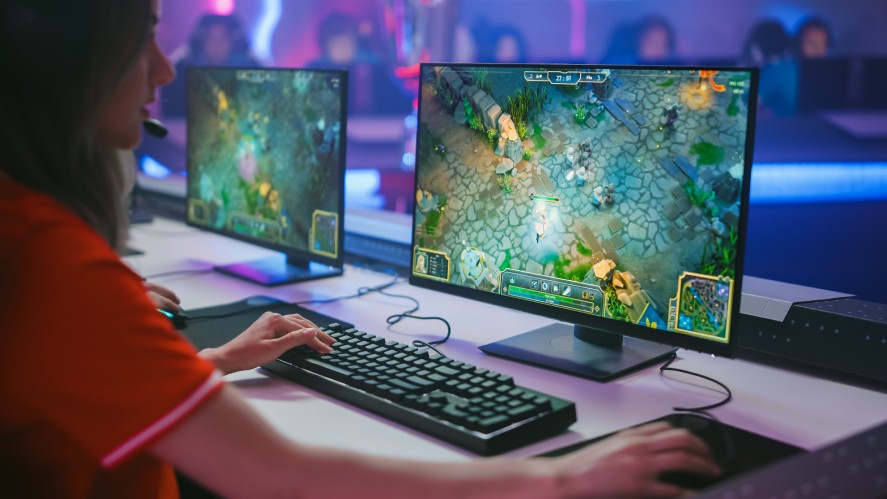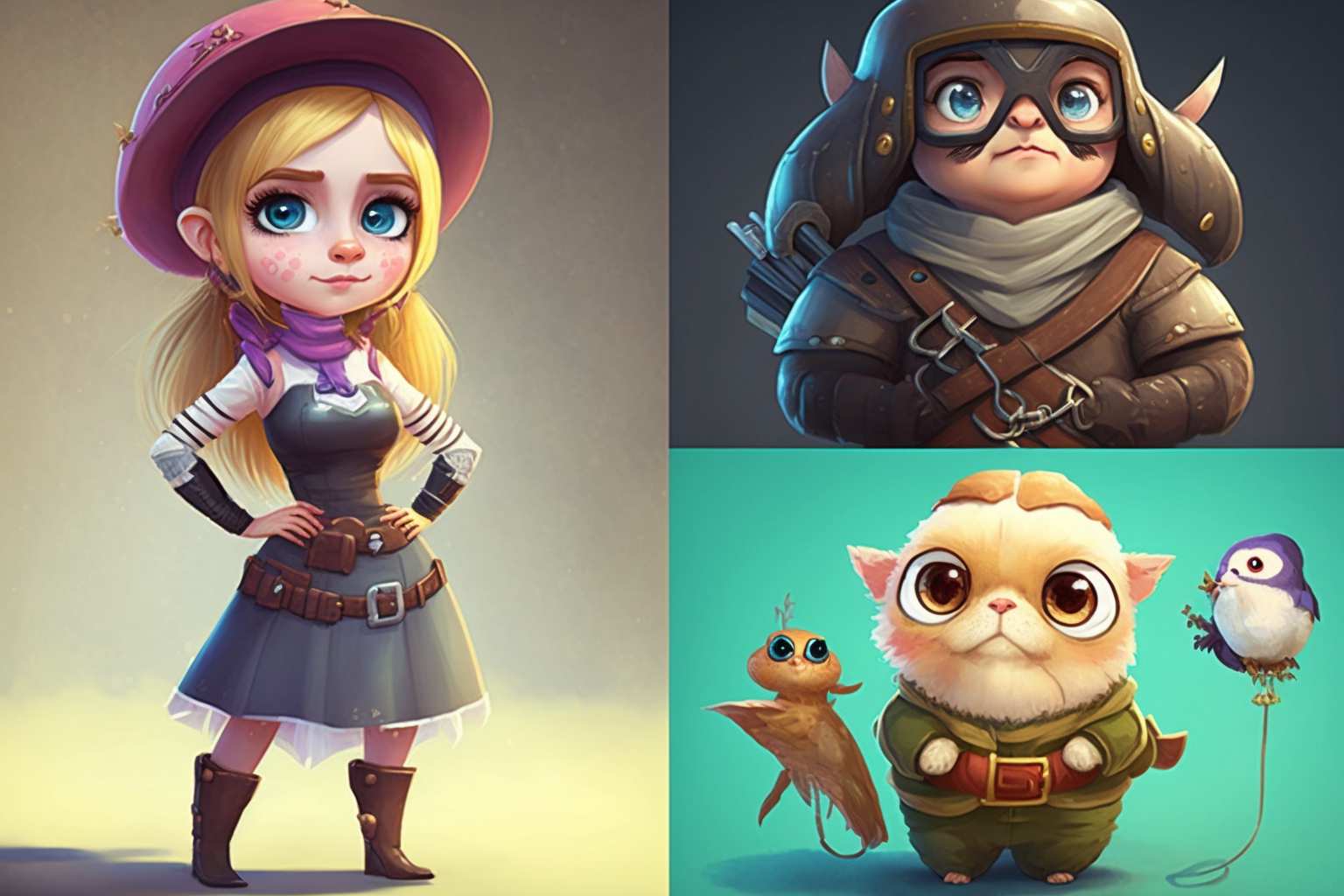What is an indie game? Have you ever thought about it?
When you think of iconic titles like Limbo, Stardew Valley, or Celeste, you’re witnessing the charm of indie games. But why do these unique creations stand out in a crowded gaming world dominated by AAA titles?
In this article, we’ll explore the definition of indie games, the roles of indie game developers and publishers, and the process and cost of developing indie games. We’ll also provide insights into the history of indie games, shedding light on how they evolved and captured the hearts of players worldwide.
What is an Indie Game?
The Definition of an Indie Game
An indie game is a video game created independently of major financial or publishing support. This independence allows for greater creative freedom in design, storytelling, and mechanics, often resulting in more unique and unconventional gameplay experiences.
Indie games range from simple mobile games to intricate PC and console experiences.
What is an indie game and it’s characteristics
Indie games are more than just small-budget projects—they’re a showcase of creativity, innovation, and passion.
This section explores the key characteristics that define what is an indie game, from artistic freedom to unique gameplay mechanics, setting them apart in the gaming industry.
Indie games are known for:
- Small development teams or even solo developers
- Low-budget production yet high innovation
- Unique gameplay mechanics and art styles
- Focused player experience
- Freedom from commercial pressures
These qualities mean that indie games often prioritize creativity and player engagement over mass-market appeal, making them refreshing alternatives to mainstream titles.
Discover more about how indie games compete with AAA titles on gamespublisher.com.
Who is an Indie/independent Game Developer?
Indie game developers are independent creators who manage the entire development process or collaborate with small teams.
These developers wear many hats—from coding to designing and marketing their games. Their efforts have brought us unforgettable titles that have expanded the horizons of the gaming world.

What is the Role of an Indie Game Developer?
- Conceptualizing and designing unique gameplay experiences
- Developing and programming the game’s code and assets
- Marketing and distributing their games on platforms like Steam or Xbox Live
For anyone curious about the path to becoming an indie developer, pursuing a game development degree can be an advantage. However, a degree isn’t always necessary; passion and skills can open doors in indie development.
What are Indie Game Publishers?
Unlike major publishers that seek large-scale commercial success, indie game publishers focus on supporting small game developers by providing financial resources, marketing support, and distribution assistance. Publishers like Playsaurus and Devolver Digital are renowned for backing innovative indie projects.
Playsaurus, a renowned clicker game publisher, specifically supports indie developers in the clicker game genre, helping them bring creative and engaging experiences to a wider audience.
By emphasizing quality and originality, these publishers offer gamers more personal and unconventional experiences beyond mainstream titles.
Top Indie Game Publishers
Some leading publishers in the indie scene include:
- Indie Fund – Offers funding to promising indie developers
- Team 17 – Known for publishing Overcooked! and The Escapists
- Chucklefish – Publisher of Stardew Valley
These publishers not only provide resources but also respect the creative freedom of developers, allowing for innovation and experimentation.
For a deeper dive into indie publishing, visit our article on Best Indie Game Publishers.
History of Indie Games
The indie gaming scene gained momentum in the early 2000s, but it wasn’t until games like Super Meat Boy in 2010 that indie games started to reshape the industry.
With digital distribution platforms such as Steam, PlayStation Network, and Xbox Live, indie games gained unprecedented visibility, allowing them to reach a global audience.
Indie games today range from puzzle-platformers to open-world adventures, with titles such as Hades and Hollow Knight defining new standards in gameplay and storytelling.

Key Milestones in Indie Gaming
- 1990s: Indie games began appearing as hobbyist projects
- 2000s: Rise of digital distribution platforms
- 2010s: Breakout hits like Braid and Super Meat Boy brought indie games mainstream recognition
The ability for independent studios to connect directly with their audience has allowed for a thriving ecosystem where new voices and perspectives can flourish.
Characteristics, Process, and Cost of Indie Game Development
Creating an indie game involves an intricate process that requires creativity, determination, and resourcefulness.
Key Characteristics of Indie Games
Here are the five main points to consider a game as an indie game.
- Low Budget and Small Teams: Most indie games are made with limited funds and small development teams.
- Creative Freedom: Developers have full control over the game’s visions
- Innovation: Indie games often push boundaries with unique mechanics and visuals.
- Focused Player Experience: Indie developers prioritize player engagement.
- Experimentation: With fewer restrictions, indie games can explore novel ideas and themes.
Above all, indie developers place a strong emphasis on the experience of the players. A great deal of emotion can be conveyed in indie games without the need for expansive budgets or large production teams.
How to Make an Indie Game
While it might seem like a daunting task, with a little interest and dedication, anyone can create an amazing indie game.
The process of making an indie game typically involves:
- Determining what kind of game you’d like to make
- Developing ideas and concepts
- Building the game
- Playtesting and iteration
- Publishing and distribution
Once you’ve developed your concept, you’ll need to move on to actually making the game. Plus, you must know about coding, game design, and marketing.
If you’re serious about making an awesome product, don’t be afraid to research how others have gone about their own projects or seek help from experienced professionals!
Cost to Develop an Indie Game
According to estimates from various sources, developers should expect to spend at least $10,000-$30,000 USD for an average-sized indie game.

The biggest expense is programming, with estimates ranging from a few thousand dollars up to several hundred thousand dollars for more complicated games.
One great way to cover some of these fees is by taking on video game internships. This gives you access to industry experts, helps defray costs, and gives you inside insight into the gaming world.
Developers should also consider budgeting for marketing costs such as advertising and PR, which can run anywhere from $2,000-$30,000 depending on how big you plan your campaign to be.
While these estimates may seem daunting, creating a great product without breaking the bank is possible if you are organized and have a solid plan of action.
Interested in learning about budgeting for game development? Read our Guide to Indie Game Costs.
Conclusion
Indie games have a powerful role in shaping the gaming industry with creativity and innovation. These games often introduce new genres, tackle unconventional themes, and provide unique gameplay experiences that leave a lasting impact.
As the indie game community grows, it continues to enrich the gaming landscape with fresh ideas and opportunities for players to explore.
Explore more on How to Make a Game and other indie game insights on our site to kickstart your journey in the world of indie games!
For more resources, visit trusted platforms like Gamasutra for industry news, or browse Unity and Unreal Engine for game development tools.
Loading survey...

